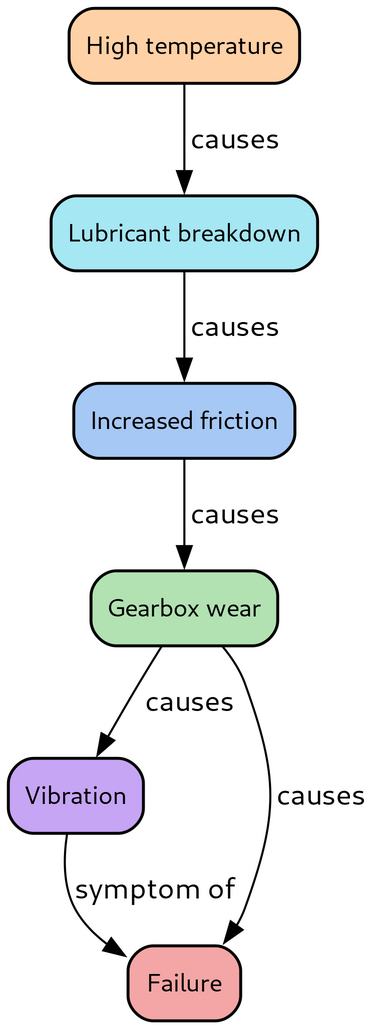Correlation is not Causation:-Wind Turbine Edition
Despite the power of modern machine learning, wind farm operators still struggle to predict with confidence when a turbine's gearbox is about to fail and plan maintenance before disaster strikes.
At Causify, in collaboration with a $60B global wind turbine operator, we've been developing AI-driven models to predict wind turbine failures before they occur. By leveraging Causal AI, we can now predict main bearing failures up to three weeks in advance, enabling real-time preventive maintenance and reducing costly downtime.
A wind farm operator wants to predict when a turbine's gearbox might fail so they can schedule maintenance before a costly breakdown. A wind turbine gearbox typically costs $250,000 - $500,000 for replacement [ref]. Beyond the replacement cost:
- Gearbox failures cause ~30 days of downtime, costing into tens of thousands of dollars in lost revenue [ref]
- Insurance premiums may increase by 10-20%
- Penalties may be triggered if availability drops below grid contract thresholds
Ultimately, unplanned maintenance is three to five times more expensive than planned maintenance.
Correlation-Based AI#
A correlation-based AI model from state-of-the-art machine learning (including regression and deep learning) looks for patterns in data without understanding the mechanisms.
- How it works: Learns associations between sensor readings (temperature, vibration, wind speed, oil pressure) and failures.
- Example: Notices that 70% of gearboxes that failed had a vibration spike 2 weeks before failure, and uses vibration spikes as a predictor of failure.
- Limitations:
- False alarms (e.g., vibration spike from storms or sensor miscalibration)
- Misleading signals (vibration may be a symptom, not a cause!)
- Poor generalization to new turbine models or conditions
- Cannot recommend interventions: it can only say "failure is likely"
Causal AI#
Causal AI explicitly models cause-effect relationships between variables.
- How it works: Uses causal inference methods (e.g., structural causal models, causal graphs) to distinguish true drivers of failure from correlations.
- Example: Finds that the relationship between different phenomena is a chain of effects

Vibration is a downstream symptom, not the root cause. In other words, it’s a consequence of deeper mechanical or operational issues, not the origin of the failure itself. Stopping vibrations might temporarily reduce noise or movement, but it doesn’t eliminate the underlying factor that caused them, such as bearing wear, lubrication breakdown, or load imbalance.
This is exactly where causal AI makes a difference. It doesn’t just correlate vibration levels with failures; it traces the causal chain to uncover the real initiator of the problem. By modeling cause and effect relationships, causal AI helps engineers identify the true levers of change, such as improving lubrication schedules instead of merely reducing vibration, to address the root cause and prevent future breakdowns.
- Advantages:
- Identifies interventions (e.g., "replace oil earlier to prevent failure")
- Generalizes better to new turbines and operating conditions
- Actionable insights reduce downtime, penalties, and insurance costs
- Provides better performance
What Matters in the End#
Summarizing in a simple way, the advantages of Correlation-based AI vs Causal AI:
| Aspect | Correlation-Based AI | Causal AI |
|---|---|---|
| Focus | Finds statistical patterns | Models cause–effect mechanisms |
| Prediction | "X happens when Y happens" | "X happens because Y causes it" |
| Robustness | May fail under unseen conditions | Adapts better to new scenarios |
| Actionability | Flags correlations (may be spurious) | Identifies true drivers and interventions |
| Accuracy | Medium | High |
| Maturity | Widely deployed today | Emerging but rapidly advancing |
| Interpretability | Black box | Transparent causal graph |
As renewable energy becomes more data-driven, Causal AI isn’t just a buzzword, it’s how operators move from firefighting failures to engineering reliability. Causal AI doesn’t just predict better, it helps explain why failures happen, enabling smarter, cheaper interventions.